Increasing cotton production is the topic of a seminar at Anea’s annual event
Calendar and Events |
Consultant Varun Vaid, specialized in the global textile market, made an invitation to Brazilian cotton farmers at the annual event of the National Cotton Shippers Association (Anea) – the XXI ANEA Cotton Dinner. From his analysis of textile consumption behaviour in the context of the cotton statistics from around the world, he argued that demand for natural fibre will increase if production expands.
Varun Vaid is an analyst and strategic consultant at Wazir Advisors, an Indian company specializing in the global textile sector. “The demand already exists, but it is frustrated. Consumption numbers will increase if we expand cotton production,” he argued during the “Rethinking Raw Material: Navigating the Evolving Industry Landscape” webinar.
According to Varun, natural fibre’s stable production level is the main growth factor for the synthetic fibre market. “It’s not that consumers don’t want to wear cotton anymore. It’s just that there’s not enough cotton available. Synthetic fibres are used when there are no natural fibres”, he added, reversing the logic whereby supply is defined based on demand behaviour.
The appeal of comfortable and responsible clothing strengthens the consultant’s argument. “Consumers are becoming more aware and want more sustainable products. The industry knows this, brands know this. Everyone wants sustainability embedded in their value chains. This explains the investments in recycled polyester, for example. Seeking more sustainable fashion products is the best sign for cotton”, he argued.
But can cotton, a natural and recyclable fibre, compete with a product that is cheaper to produce? The way forwards lies in technology, he explained. “In all countries where the textile industry is expanding above average, there is strong government support, including tax incentive policies and extensive training and professional qualification programs,” he said.
In addition to a product that is responsibly produced, brands and consumers want diversity. “It is a fact that, despite all its power, China is losing global market share and this is likely to continue. This reflects the retailers’ efforts to seek alternatives, and this is good for Brazil”, reiterated Varun.
But, although Brazil is currently the largest cotton exporter in the world, its domestic textile industry has reduced its installed capacity by 0.3% between 2016 and 2022 – contrary to the global average. “The export of semi-industrialized products needs to be on Brazil’s agenda”, suggested Varun.
The Executive director of the International Cotton Advisory Committee (ICAC), Eric Trachtenberg, introduced himself shortly after Varun Vaid, showing that one of the committee’s main agendas has been the defence of cotton as a solution to the climate crisis.
“Cotton is cellulose, it is natural, it sequesters carbon and in many countries it is associated with regenerative agriculture. But apparently the current carbon footprint calculation favours synthetic fibres. We want to discuss and change this,” said Mr. Trachtenberg. He also explained what ICAC has done in relation to the environmental regulatory changes, particularly in European countries.
The Brazilian Cotton Growers Association (Abrapa) has joined ICAC in defending cotton. “Whenever possible, we show the international market both the increase in our use of biological pesticides and good practices in regenerative agriculture, in addition to large scale adherence of cotton farmers to the Responsible Brazilian Cotton (ABR) program”, said Alexandre Schenkel, president of Abrapa.
Cotton Brazil – For the third consecutive year, the webinar on the international market during the ANEA Cotton Dinner was promoted by Cotton Brazil – an initiative developed by Abrapa to represent the Brazilian cotton production chain on a global scale. Anea is one of the program’s partners, together with the Brazilian Trade and Investment Promotion Agency (Apex-Brasil).
